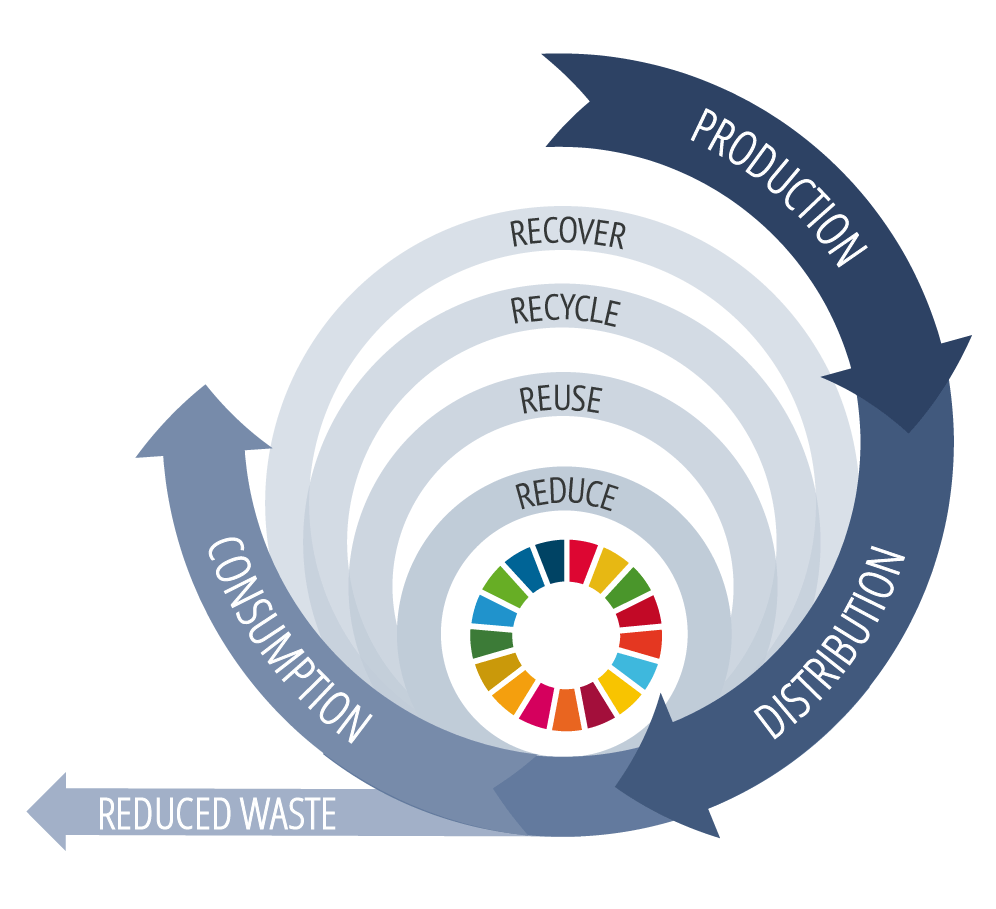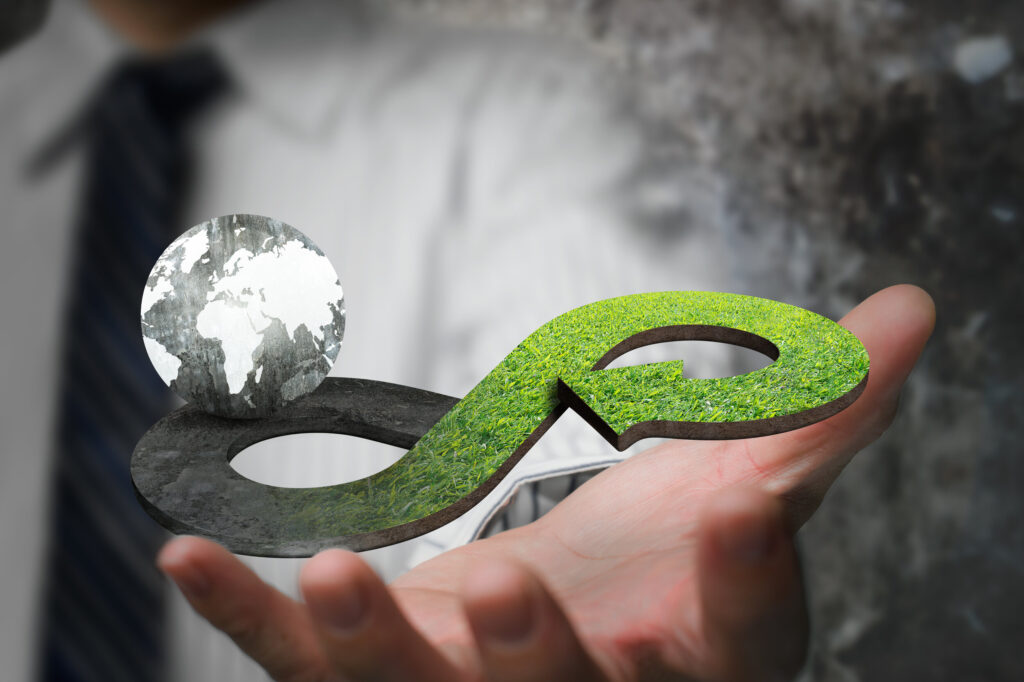Circular economy is a new way of doing things in business. It means moving away from a linear production cycle, where resources are extracted and then put into circulation once they are no longer needed, to one where materials are brought back into use again and again without being exhausted. This concept will transform the way we manufacture goods, consume energy and dispose of waste.
What is circular economy?
The concept of circular economy is relatively new. It’s a way of doing business that involves using resources efficiently and making sure nothing is wasted. The aim isn’t just to reduce the use of non-renewable resources—it also aims to create jobs and generate income by reusing materials for as long as possible, which in turn means less pollution from waste products.

Why circular economy?
Circular economy is a framework for building a prosperous and sustainable society. It recognizes that materials (including energy) are finite and that our systems must therefore be designed to keep resources in use for as long as possible, extracting maximum value from them. It offers a new vision of an economic system based on resource productivity, with all sectors connected by the flow of materials.
The circular economy involves closing the loop between production and consumption, increasing efficiency through closed loops and sharing resources, reducing waste by designing out pollution at source, using renewable sources of energy wherever possible and developing new business models along the way.
How to introduce circular economy in business?
- Create a circular economy strategy
- Create a circular economy program
- Create a circular economy plan
- Create a circular economy project
How to benefit from circular economy?
- Reduce waste
- Save money
- Increase profit
- Help the environment
- Create more jobs
What are the challenges of creating a circular economy?
The circular economy is a system that aims to indefinitely reuse materials, reduce waste, and avoid pollution. But creating a circular economy isn’t easy. In fact, it can be quite difficult.
The challenges include:
- The cost of producing products (e.g., the price of raw materials)
- The cost of recycling (e.g., transportation costs for processing waste)
- The cost of transport (e.g., fuel used to move goods from place A to place B)
- Storage space (e.g., warehouses for storing goods before they’re sold)
- Processing waste into raw materials that can be reused in new products (e.g., how much money should be invested into this?)
- Pollution caused by production activities like mining or manufacturing (how much pollution should we allow corporations who have polluted the environment in their pursuit for profits?)
Circular economy is a new way of doing things in business.
It is a new way of doing things in business that aims to keep resources in use for as long as possible, extract the maximum value from them while continuously regenerating and closing material loops. This approach can be applied on both a small and large scale, at every stage of the supply chain.
By designing products and services that last longer, have minimal environmental impact and are easily disassembled for reuse or recycling, it can also create new economic opportunities for all businesses.
Businesses that have applied circular models to their business strategy.
- Fashion – A few years back, H&M launched their “Close the Loop” initiative that aims to create a more sustainable fashion industry by promoting recycling and reusing of clothing. The company is also encouraging customers to use old clothes as rags for cleaning purposes at home.
- Food – In 2017, Danone announced plans to invest €1 billion over five years in developing new products and technologies for its dairy business that are based on a circular economy approach (i.e., designing products which use less packaging).
- Construction – IKEA has partnered with WWF to help build homes from pre-consumer waste from their stores across Europe and Asia by 2020.

It can help companies reduce their environmental impact and save costs, but it also requires changes in how we think about waste. In addition to creating more sustainable products, we also need to change our consumer habits so they are more sustainable as well. We are living in a new era of business where we can create a more sustainable future for generations to come. The circular economy is not just about recycling and reusing materials, but it’s also about reducing waste throughout all stages of production. By using products that last longer, businesses will be able to save money on replacements as well as reduce their carbon footprint by using fewer resources.




